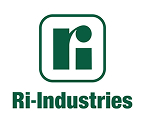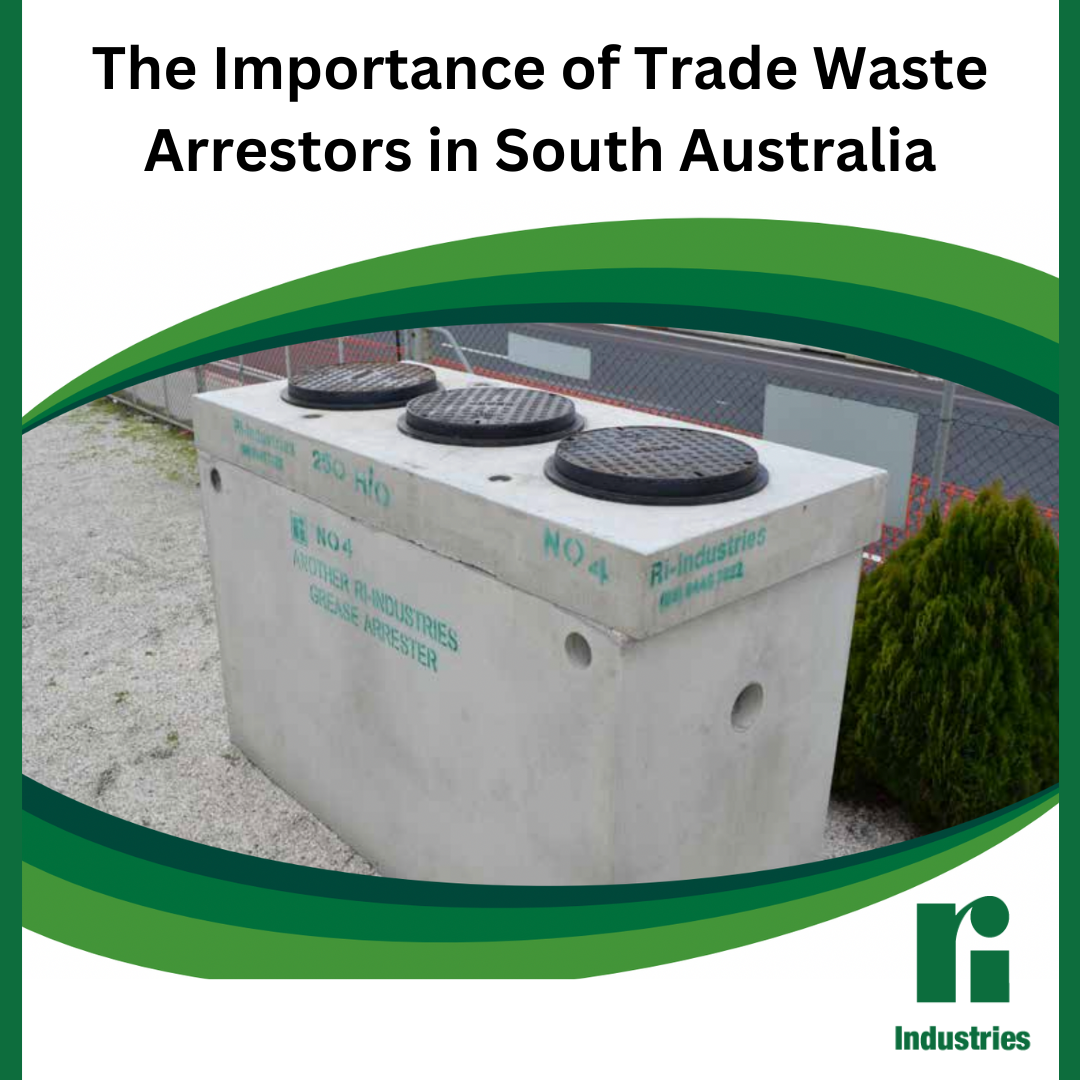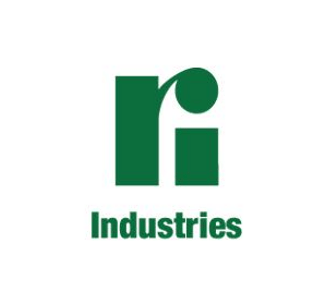
Trade waste arrestors are essential for businesses in South Australia that generate trade waste. What is trade waste? It’s liquid wastewater from a commercial or industrial entity that enters the sewer system. Some trade waste must be pre-treated before entering the sewer system. In those cases, trade waste arrestors are used to stop harmful trade waste entering the drainage system where it may affect people or the environment. The arrestors capture the waste and allow it to settle and separate. The treated wastewater can then safely enter the sewer system while the harmful waste can be disposed of.
A number of different trade waste arrestors are available including silt, grease and detention tanks. The type of trade waste arrestor that is required for a business will depend on the type and volume of trade waste that it generates. If your business requires one, our experts can help determine which type is correct for your business.
Let’s look at some of the benefits of using trade waste arrestors in South Australia:
- Protects sewerage systems from damage: Trade waste arrestors trap pollutants that can damage sewerage systems, such as oil, grease, and suspended solids. This helps to prevent blockages and overflows, which can cause flooding and environmental damage.
- Protects the environment: Trade waste arrestors trap pollutants that can pollute waterways and the environment, such as oil, grease, and chemicals. This helps to keep our waterways clean and safe for people and wildlife.
- Prevents fines: Businesses that discharge trade waste without a trade waste arrestor can be fined by SA Water. By installing a trade waste arrestor, you can help to protect yourself from fines and financial penalties.
- Improves public health: Trade waste arrestors help to reduce the risk of disease by preventing the spread of pollutants, such as bacteria and viruses. This helps to protect public health and safety.
Learn about the benefits of a Ri-Industries trade waste arrestor along with some information about the installation and maintenance by reading Trade Waste Arrestors by Ri-Industries – Benefits, Installation, and Maintenance.
If you are a business in South Australia that generates trade waste, you should have a trade waste arrestor installed. This is an important investment that will help to protect your sewerage system, the environment, and public health. Learn about the Ri-Industries Trade Waste Arrestor on our website and call to 8444 8100 to speak with one of our experts.





